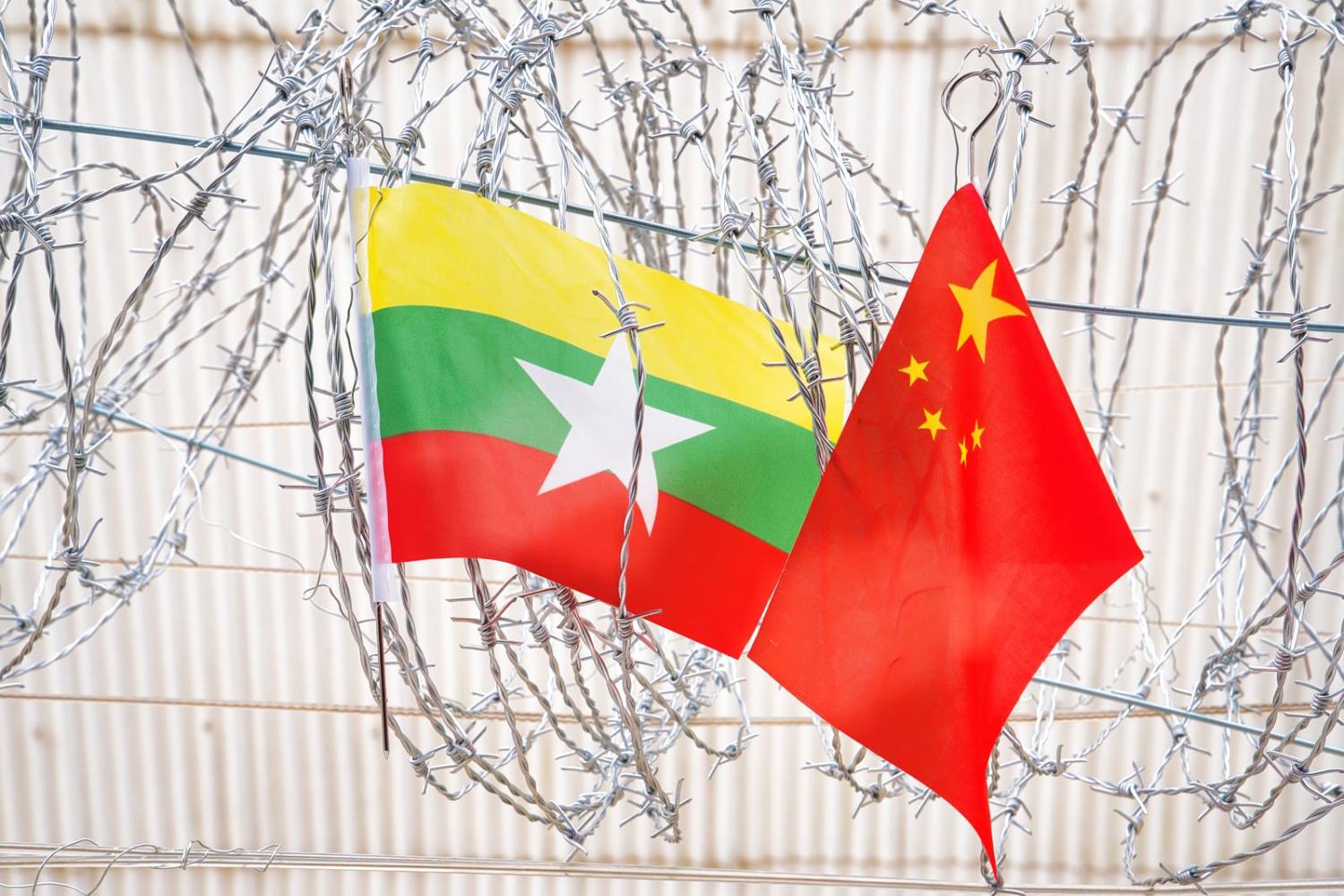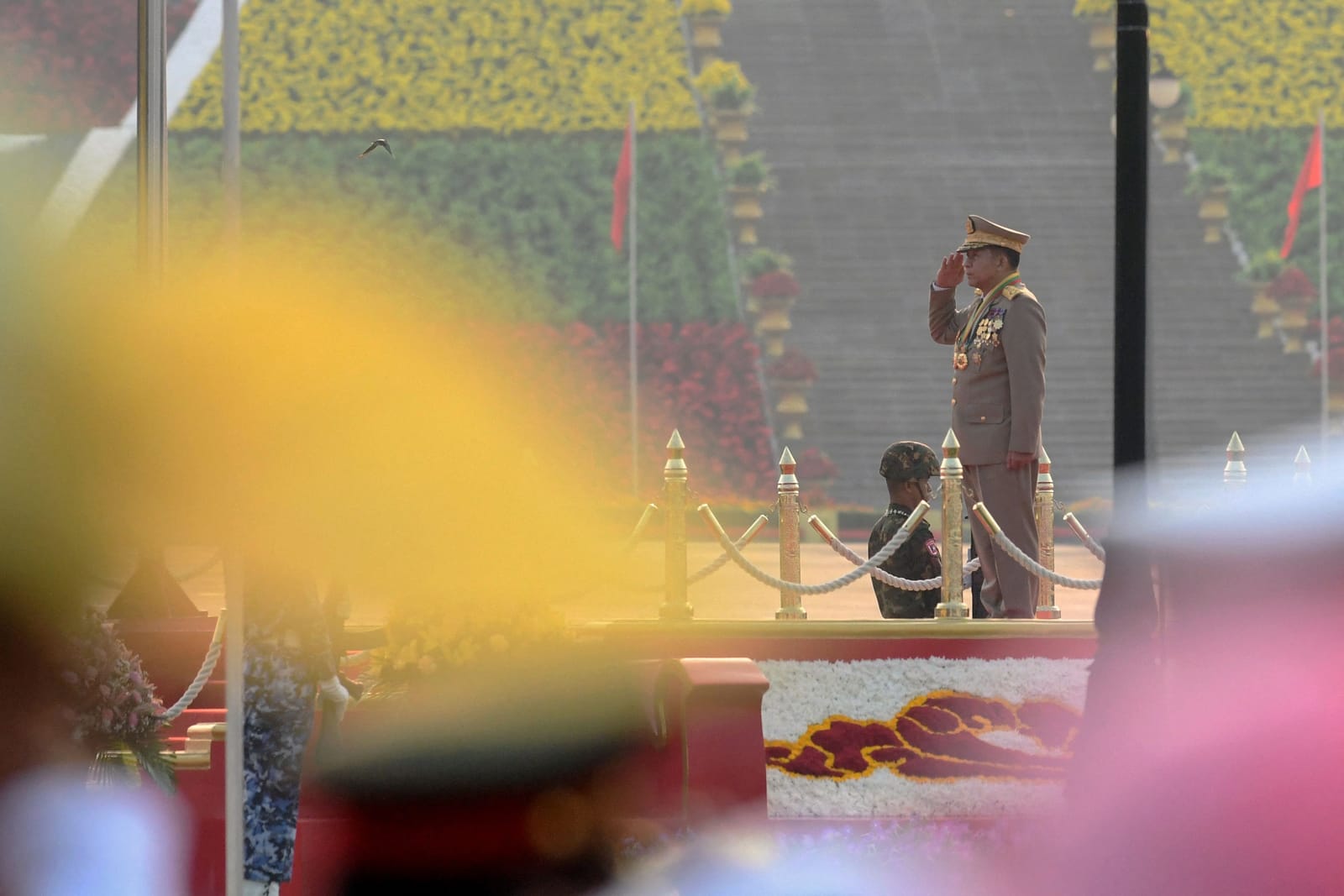ANDREW SELTH

On 31 March, Chatham House published a report titled “Is Myanmar building a spy base on Great Coco Island?”.The tone of the report was measured and its conclusions sensible but, predictably perhaps, it has since given rise to a rash of speculative and tendentious articles about a supposed Chinese military facility on a remote island in the Andaman Sea.
It is worth looking at the history of this story, if only to provide some context and inject a little balance into the public debate.
Back in 1992, an article “Government said helping to build naval base in Burma” published by the Kyodo News Agency claimed that China was building a “radar facility” on Myanmar’s Great Coco Island, just north of India’s Andaman and Nicobar group. This item caught the attention of other journalists and commentators, who published a series of increasingly alarmist stories in the mainstream press. As they tried to outdo each other, the narrative became ever more bizarre.
Without citing any evidence, the authors of these articles referred to antennae farms, radomes, giant telescopes and other specialised intelligence collection equipment. The small radar installed to service the airfield on the island was soon being described as a Chinese signals intelligence (SIGINT) station that could eavesdrop on Indian naval traffic, and an electronic listening post that could monitor Indian missile launches. It was also supposed to be able to intercept deep sea communications from Indian submarines.
Myanmar’s generals are very pragmatic, and will do whatever they have to do to survive, but they are also intensely nationalistic.
This nonsense was given greater credibility by some extraordinary statements by the Indian Foreign Minister, George Fernandez. In 1998, he claimed that China had leased Great Coco Island from Myanmar and was building a SIGINT base there to “encircle” India. His pronouncements seemed to be supported by late ANU Professor Des Ball, on record as stating that the reputed Great Coco Island facility was “one of the most important listening stations which China operates outside of China itself”.
The notable absence of any suspicious facilities on Great Coco Island, when viewed through commercial satellite imagery, was explained by the Indian Ocean tsunami of 2004, which had supposedly washed them all away.
To restore some reality to this debate, Myanmar’s Chief of Intelligence, General Khin Nyunt, told the Indian Defence Attache in Yangon that, if the DA could identify a Chinese military base in Myanmar, he would personally arrange for the DA to go there, so that he could see for himself that the story was wrong. The Indians were also permitted to fly over Great Coco Island to confirm that the news reports were inaccurate. Finally, in 2005 the Indian Chief of Staff publicly conceded that there was no Chinese intelligence base on the island.
 Myanmar Military Chief Senior General Min Aung Hlaing salutes during a ceremony to mark the country’s 78th Armed Forces Day in Naypyidaw last month (STR/AFP via Getty Images)
Myanmar Military Chief Senior General Min Aung Hlaing salutes during a ceremony to mark the country’s 78th Armed Forces Day in Naypyidaw last month (STR/AFP via Getty Images)This farrago of gossip, speculation and fanciful stories should have proven a salutary lesson to both journalists and commentators alike, but since the publication of the Chatham House paper there has been a flurry of news reports that raise the same hoary old rumours.
The Chatham House paper, which is based largely on commercial satellite imagery, points out that the runway on Great Coco Island is being lengthened, and that a couple of new aircraft hangars are being constructed. There has also been some infrastructure development in recent years, including the construction of what appears to be an accommodation block and a causeway between Great Coco Island and small Jerry Island off its southern tip.
As the Chatham House paper makes clear, there is no sign of any significant intelligence gathering facilities, let alone anything that might suggest a permanent Chinese presence. Everything seen could simply be part of a modest upgrade program by the Myanmar armed forces, on a small island that happens to be located in a strategically sensitive part of the world.
What seems to have prompted the latest salvo of far-fetched speculation about Great Coco Island’s significance in the Great Game is Myanmar’s current isolation from the Western world and its growing relationships with China and Russia.
It has been suggested that, because of the 2016-17 Rohingya massacres, the 2021 military coup and the subsequent savage crackdown on the country's opposition movement, Myanmar’s generals are faced with almost universal condemnation from the international community. This isolation, it has been claimed, has pushed Myanmar “into China’s strategic lap”.
This may seem logical to “big hand, small map” strategists used to making sweeping statements about global developments. However, it betrays a lack of understanding of Myanmar’s troubled modern history, the world view of its military leaders and their extreme sensitivity to any kind of external interference.
Myanmar’s generals are very pragmatic, and will do whatever they have to do to survive, but they are also intensely nationalistic and hold firm to their three “national causes” of stability (as they view it), unity and sovereignty. There is little chance that they would turn their backs on decades of hard won self-determination and compromise Myanmar’s jealously guarded non-alignment.
The junta has no qualms about accepting Chinese technology, arms, aid and diplomatic support. It needs to do so to survive, and to continue fighting its bitter civil war against the country’s opposition movement. It may even accept Chinese equipment and expertise to help upgrade the facilities on Great Coco Island. However, it would be very surprising if the junta went so far as to permit any country to establish “spy stations” on Myanmar’s territory.
No comments:
Post a Comment